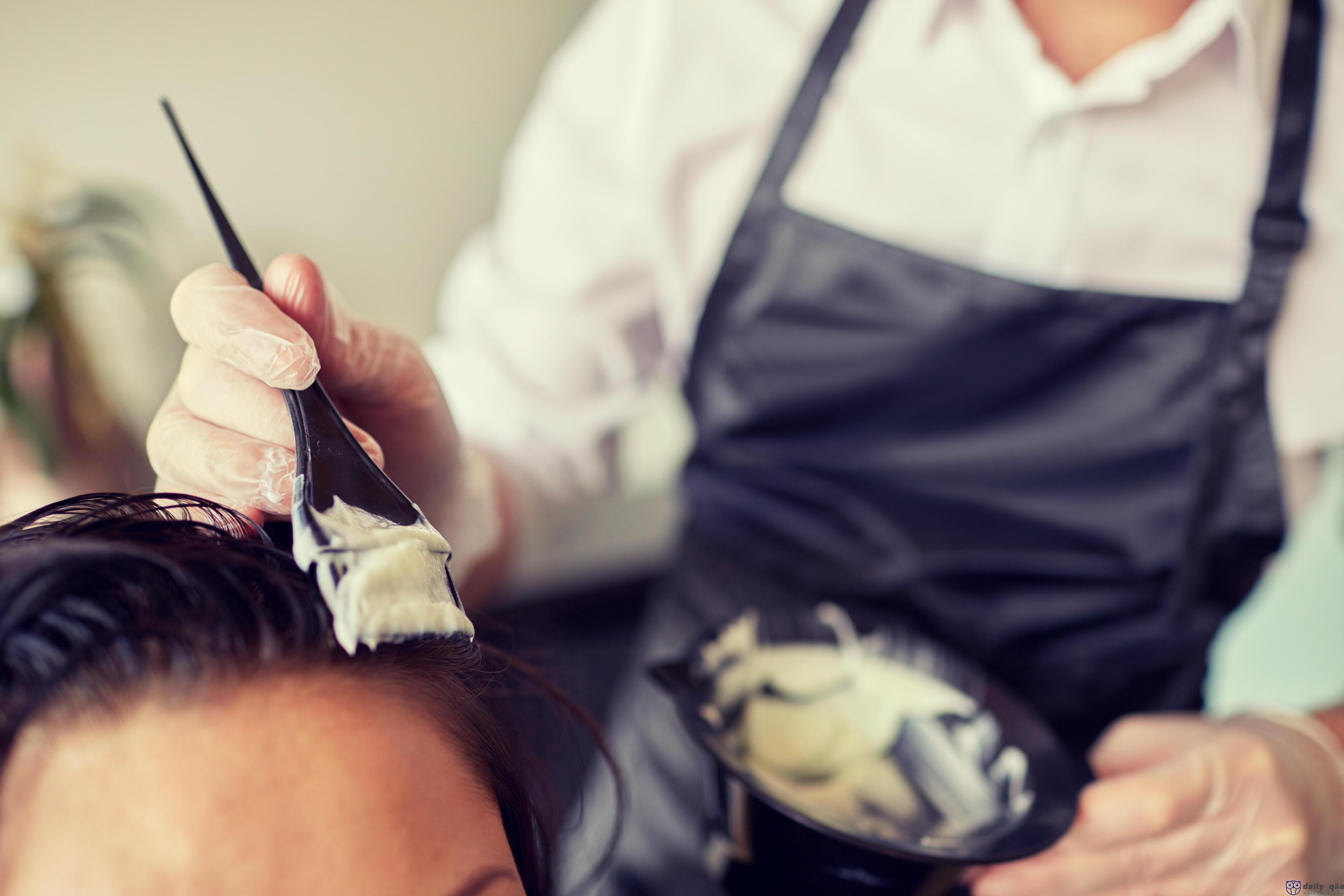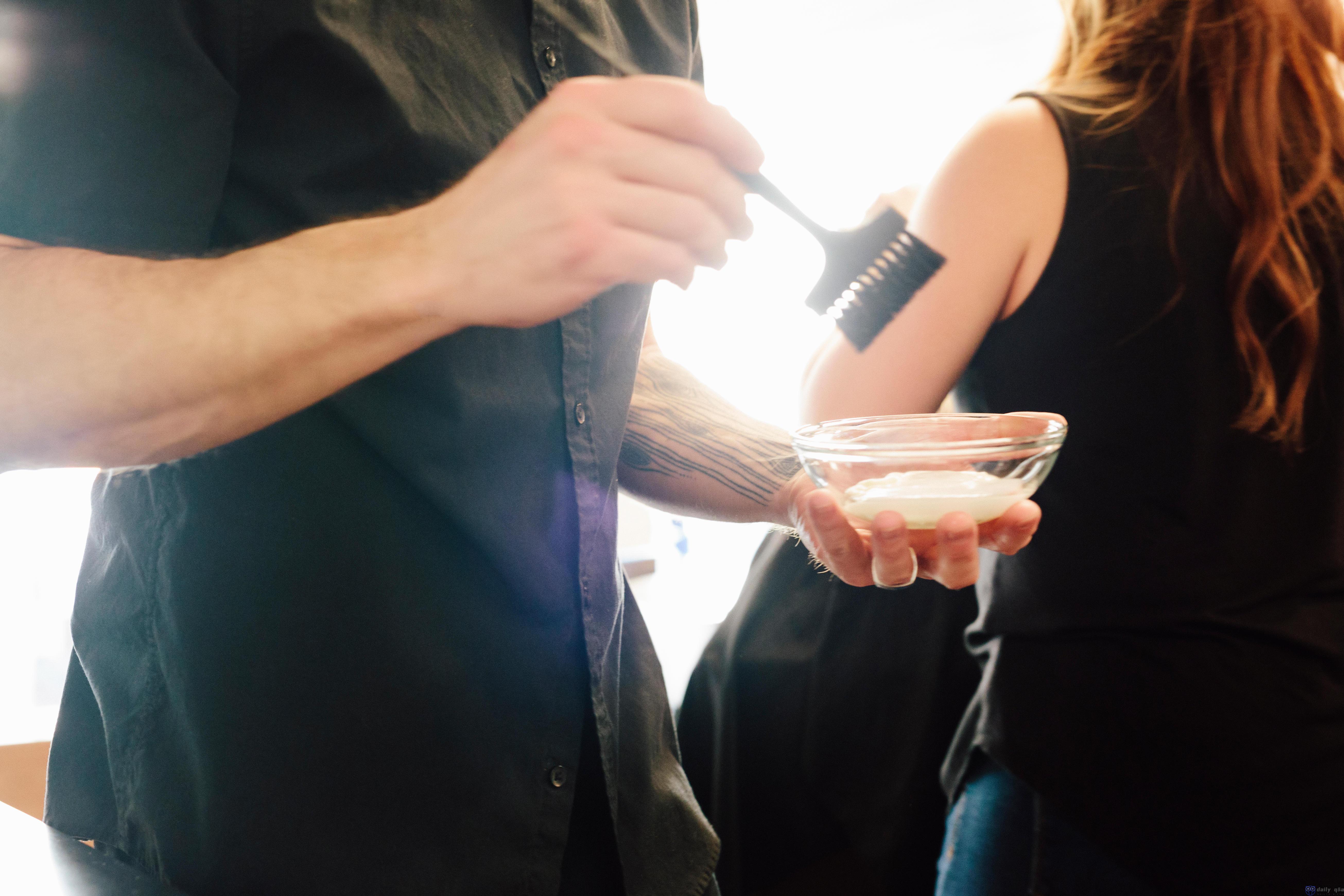Is it true that dyeing hair causes cancer? The Harvard University survey of 120,000 people lasted fo
Hair dyeing has never been the patent of young people. In order to cover gray hair, middle-aged and elderly people dye their hair more frequently than many young people.
For boys and girls who love beauty, dyeing hair is the icing on the cake; for men and women with long white hair, dyeing hair is just a "young" need.
But for a long time, people have come out from time to time to remind everyone that "dyeing hair causes cancer." Although it does not affect most people's decision to dye their hair, they actually have a lot of doubts in their hearts.
Is the statement that "hair dyeing causes cancer" really unreliable? Can you dye your hair at ease?
This 36-year study can tell you the answer!

36 years of hair dye research
There are many people who are suspicious about hair dyeing and cancer, not only in China, but also in foreign countries.
As a result, Harvard Medical School conducted a 36-year follow-up investigation on the hair dyeing of 120,000 female nurses in the United States.
Since 1976, these nurses will receive questionnaires every two years. Questions include: Have you dyed your hair? How often is the hair dyed? Are you suffering from cancer?
Due to professional reasons, nurses are very cooperative with the investigation. During these 36 years, more than 90% of them have persisted to the end.
This huge medical record was compiled by scientists and the results of this study were published in the world-class medical journal "British Medical Journal" (BMJ).
Data shows that the use of permanent hair dyes is not associated with the risk of cancer, and may not even be associated.
However, there are two conclusions related to cancer in the survey data. One is that hair dye may increase basal epithelioma (+5%), breast cancer (+2%-9%) and ovarian cancer (+9%). The risk of morbidity: The second is that hair dyes may reduce the risk of brain cancer (-28%) and lung cancer (-6%).
The performance of one positive and one negative data is confusing. Because the entire research survey is only pure observation and recording, it is impossible to clarify the inherent causality of the above two survey results.
But on the whole, the cancer risk of hair dyes is not obvious, and we don't have to worry too much about our daily hair dyeing.
Isn't hair dye a carcinogen?

But some people will say: Isn’t hair dye classified as a carcinogen? Why doesn't it cause cancer?
This is indeed a fact. There are two hair dye-related products on the carcinogen list, one is classified as 2A and the other is classified as 3.
But people who are too worried about this have made the mistake of two important points:
First, it is not the hair dye itself that is classified as a category 2A carcinogen, but "hair dye occupational exposure" , which means that only those who are directly exposed to hair dye for a long time are at risk of cancer.
In particular, some hair dyes will add phenacetin as a stabilizer. Long-term exposure to this ingredient can damage the kidneys and even induce cancer. Therefore, hairdressers should pay special attention to it.
If ordinary people buy hair dye by themselves, it is recommended that you avoid this ingredient. If you dye your hair in a barber shop, try to see the package of the hair dye to confirm the ingredients. If you don’t see it, reduce the dye Frequency, as far as possible to reduce exposure to unidentified hair dyes.
Second, although there are hair dyes on the list of category 3 carcinogens, it just shows that it is harmless . Category 3 carcinogens refer to things for which carcinogenic evidence is not clear. They are very unlikely to cause cancer. Tea, coffee, Saccharin is in this category.
Judging from the current evidence, dyeing hair has at best a slight and uncertain risk of carcinogenesis.
Pay attention to 5 points for safe hair coloring

The carcinogenic risk of daily hair dyeing can be ignored, but the ingredients in hair dyes such as p-phenylenediamine (PPDA) can easily cause allergies and damage the hair.
In addition, because hair dyes are allowed to add a certain amount of heavy metals, if you encounter some irregular and poor-quality hair dyes, they may also cause heavy metal poisoning.
In order to dye hair safely, remind beauty lovers to pay attention to 5 points:
1. Do not dye your hair more than twice a year
Liu Weiping, a doctor at Peking University Cancer Hospital, once suggested that you should not dye your hair more than twice a year.
But the hair grows all the time, and the appearance of different colors at the roots is not beautiful. If you want to complement the color, it is recommended to only do the roots instead of re-dying them all. In addition, if the color can last for a long time, most people will not dye their hair frequently. So after dyeing new hair color, pay attention to care. For example, you should avoid exposure to strong light for your hair, and the water temperature should not be too high when washing your hair, and don't get too close to your hair and scalp when you blow your hair. Doing so can make the hair color fade a bit slower and make the hair more beautiful for longer.
2. Do not mix hair dyes
Do not use hair dyes of different brands at the same time, as this will increase the risk of allergies. In addition, chemical reactions may occur between hair dyes, generating toxic substances, increasing irritation and harm.
3. Do an allergy test and apply petroleum jelly/cream before dyeing your hair
People with sensitive skin should do an allergy test first to observe whether the skin with the hair dye applied has an allergic reaction. After confirming that it is safe, you can apply a layer of petroleum jelly/cream on the front of the forehead, behind the ears and on the scalp. This will prevent the dye from directly contacting the skin and make it easier to cleanse thoroughly afterwards.
4. Don't dye your hair under special circumstances
It is not recommended to dye your hair during pregnancy, breastfeeding or those with skin damage on the head and face. In addition, people with weakened immunity and patients in recovery from various diseases are best not to get infected.
5. Buy safe products and learn to look at the ingredients
Choose hair dyes produced by regular manufacturers, and carefully understand the ingredients of hair dyes, especially to avoid the risky ingredients of phenacetin. If you don't, you can learn from the test results of scientific evaluation media such as "Consumer Report", and products purchased through formal channels can be used with confidence.
Copyright notice
This article only represents the author's point of view, not the standpoint of this station.
This article is authorized by the author and cannot be reproduced without permission.